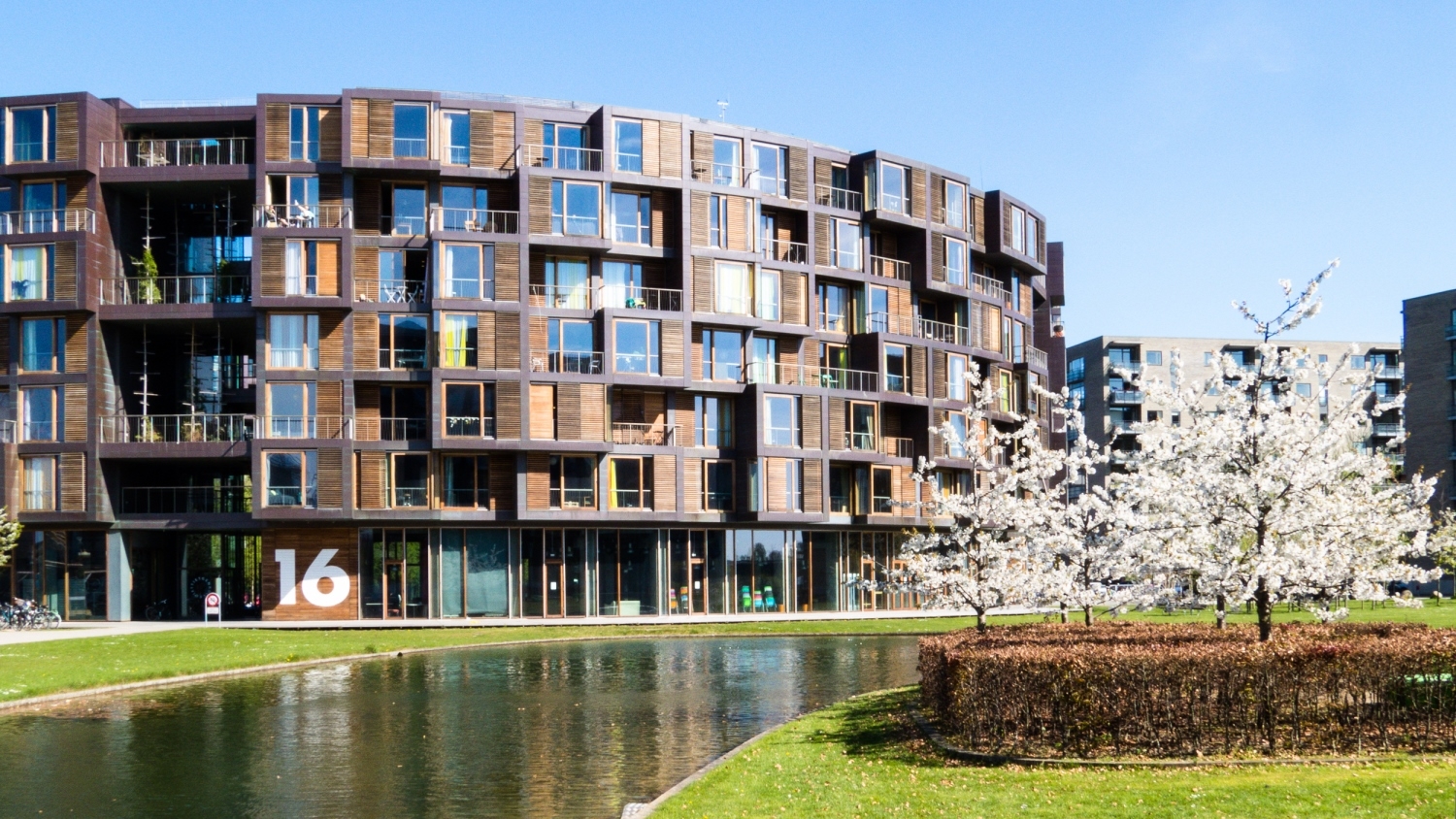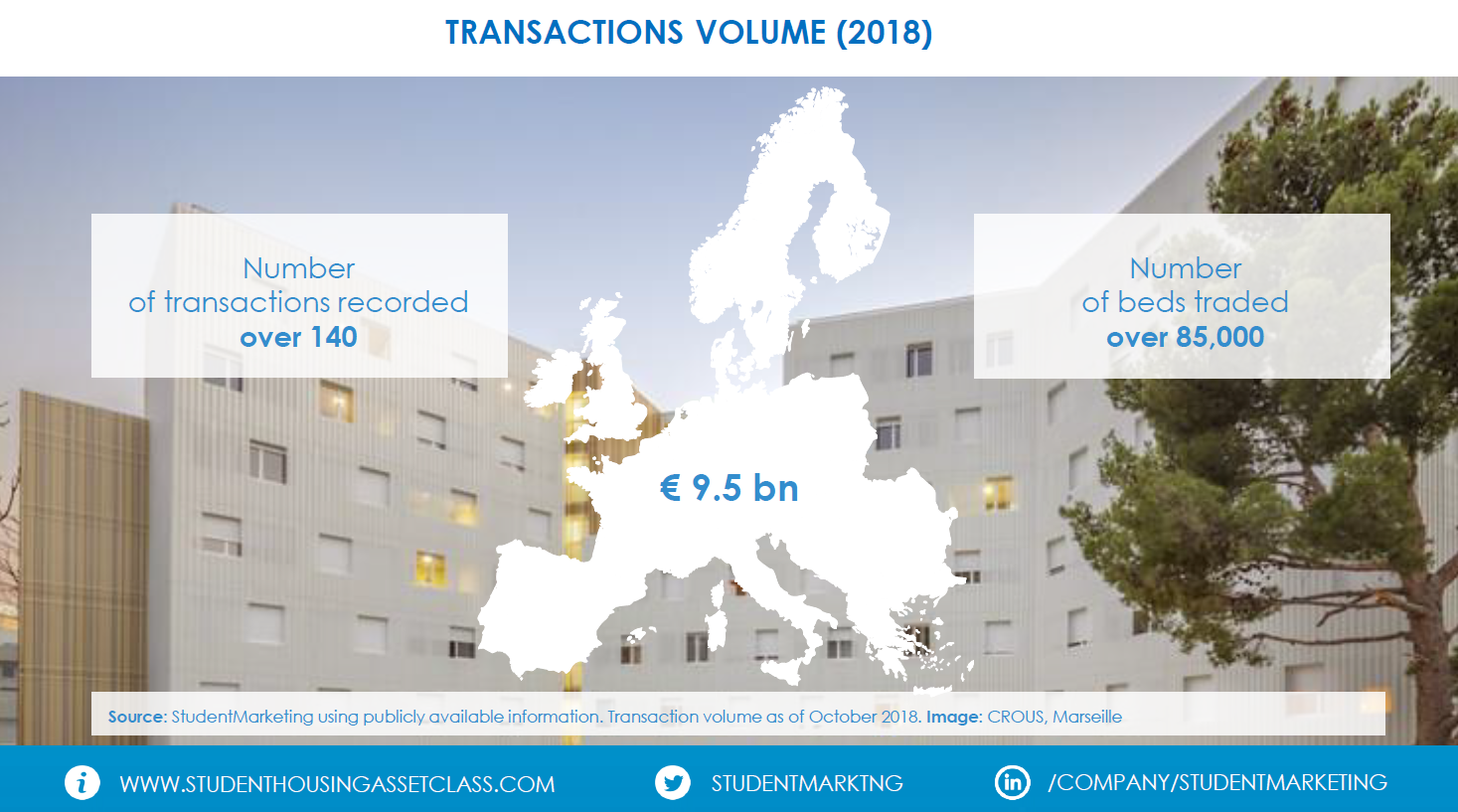
As we’re approaching the end of the current cycle, investors allocate more capital to more crisis-resilient asset classes, including student housing. Samuel Vetrak, CEO of StudentMarketing, talked to Property Forum about recent developments on the CEE student housing market. Samuel will also present about the student housing asset class and chair a panel discussion at the upcoming Portfolio Property Investment Forum 2018 in Budapest.
How has the CEE student housing market performed in 2018 so far?
So far 2018 has been a successful year for the CEE student housing market. With the overall market maturing across Europe, CEE has been spotted as an emerging opportunity for investors, developers and managers. CEE, that is still developing, has attracted student housing players as a less saturated market with a lack of supply, growing student numbers and, thus, prospects for higher returns.

Samuel Vetrak
CEO
StudentMarketing Ltd.
Are more developers opening up towards the asset class in the region?
Both investors and developers recognise the benefits of the asset class in the region and more and more of them enter the market. For instance, International Campus AG have entered into the joint venture with the Czech project developer Karlin Group for THE FIZZ Prague and IC Campus plans further acquisitions in Central Eastern Europe. Developers are driven by the first-mover advantage in the market to take both control and risk of where and what to build.
Who are the key investors that invest in CEE student housing?
CEE student housing has experienced an uptake from international investors. The stakeholders, backed up by capital from Europe, the U.S., South Africa and Southeast Asia, find the region more and more interesting. Well established investors in Western Europe now consider CEE as their next target as well as local investors that see the prospects of further investments into the region.

Where do you see the drive for investment into the student housing asset class?
As we are at the end of the cycle, investors allocate more capital to more crisis-resilient asset classes, including student housing. The student sector has proven to be resistant to economic downturns. Back in 2008 and 2009, student numbers did not decrease during the recession, but either continued stable development or somewhere actually increased, as many considered studying to be a viable alternative during the economic recession.
Do you expect new investors to enter the region in the coming period?
The prospects are positive for the region in the coming period with the appealing economic situation and overall attractiveness of the asset class. Student housing as an established sector with enough capital and liquidity, in general, attracts institutional investors with high yields and prospects of portfolio diversification. The growing student numbers over the last decade adds to the attractiveness of the sector. For these reasons, more and more investors are expected to join student housing in the CEE region.
Which CEE cities offer the widest range of opportunities for investors and developers?
Investors and developers utilise the benefits of the growing total and international student population and undersupply of student beds mainly in Polish, Austrian and Czech cities. Prague, Vienna, Warsaw and Krakow are currently on the radar of investors and developers and there is still space for new players to enter. Budapest also showed a viable opportunity and lack of private PBSA supply.
What are the key trends driving the design of private student accommodation?
Product is key and one needs to get it right to secure the ongoingly high occupancy rates. Investigating and following student preferences to determine the student housing product is increasingly more important these days. This is more applicable to the structure and content of the common areas than the particular room. In some cities, communal premises are 6 times more important to student decision than the furnishing of the room.



